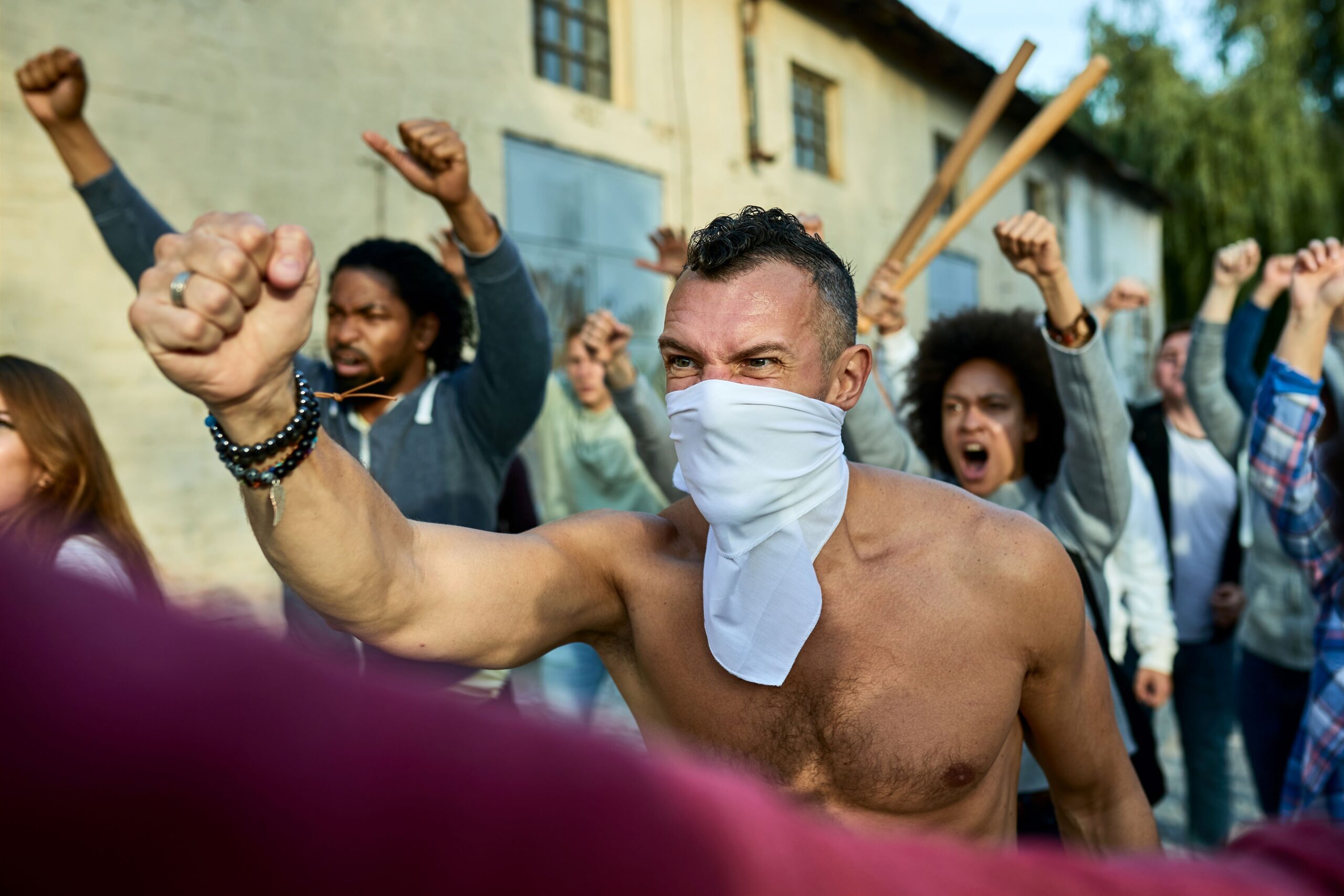As France debates an anti-riot bill, Prime Minister Édouard Philippe cited the administrative stadium ban (Interdiction Administrative de Stade, IAS) as an example of rapid, preventive action. But sociologist Nicolas Hourcade, who has spent years studying fan cultures, warns that measures designed for football hooliganism simply don’t translate to the streets.
The Mechanics and Limits of Stadium Bans
The IAS is a prefectural injunction: without a criminal trial, any supporter flagged by police can be barred from their club’s matches for up to two years (three on repeat offenses). Each match day, the banned individual must check in at the local police station. The measure’s strength lies in its administrative speed—no court process is needed to impose it, but that speed comes at the cost of due process.
Banned supporters lose automatic access to fixtures and must remap their entire schedules, yet appealing these bans can take months or even years. By the time an administrative court overturns a decision, most of the sanction has already been served. In effect, the IAS suspends both a person’s passion and their civil liberties on the mere basis of a police report.
Why Football Measures Don’t Cure Violence Alone
Contrary to the Prime Minister’s implication, no country has eradicated stadium violence through bans alone. Instead, nations have mixed repressive tools with broader social strategies:
- England’s High Prices. Skyrocketing ticket and hospitality costs have effectively priced out many working-class fans, shrinking stadium crowds more than bans ever could.
- Germany’s Dialogue Model. German clubs and authorities prioritize ongoing conversation with supporters’ groups, pairing targeted exclusions with outreach programs and violence-prevention workshops.
- Italy’s Localized Initiatives. Several Serie A teams run neighborhood youth projects and community policing partnerships to address hooliganism before it erupts.
These examples demonstrate that maintaining order requires more than prohibitions, it demands engagement, education, and social investment.
The Impracticality of Exporting Bans to Demonstrations
Applying IAS-style curbs to public protests presents major logistical headaches. Unlike stadium fixtures, with fixed dates, venues, and entrance points, demonstrations can spring up spontaneously, shift location without notice, and involve tens of thousands of participants. Enforcing an obligation to “report” at an unknown place and time would burden police and banned individuals alike, while creating new flashpoints for unrest.
The movement of people through city streets is fundamentally different from controlling a confined stadium. Banning a speaker from a rally does little to prevent bystander unrest, and cordoning off entire neighborhoods would only inflame tensions. As Hourcade notes, measures that seek to protect public order must avoid turning peaceful assemblies into policing spectacles.
Upholding Civil Liberties for All
Supporters’ groups and the broader protest movement share a common vulnerability: both risk losing fundamental freedoms on administrative whim. Yet, public sympathy tends to favor demonstrators over football fans, whose image remains tainted by stereotypes of violence. When fans protest the misuse of stadium bans, their voices often slip under the radar, unlike unions or civic organizations, they lack comparable political clout.
Main civil-liberty concerns:
- Presumption of Innocence: Administrative bans circumvent judicial scrutiny, leaving individuals unable to fully defend against accusations.
- Right to Freedom of Movement: Mandatory police check-ins restrict daily life far beyond the context of a match.

Without robust legal safeguards, expanding such measures risks undermining rights intended to protect all citizens.
Toward a Balanced Approach
Stadium bans, where they exist, function best alongside dialogue, community investment, and proportionate policing. The same holds true for demonstrations: authorities must combine clear rules with respect for free assembly, backed by transparent oversight and meaningful channels of engagement.
As France charts its path, it must heed lessons from both the terraces and the streets. Preserving order and protecting freedoms are not mutually exclusive goals, but achieving both requires nuance, not wholesale transfer of measures between vastly different arenas. Only a solution that combines preventive dialogue, targeted sanctions, and full judicial review can maintain peace without trampling civil liberties. After all, securing a demonstration demands more than stadium-style bans. It calls for democratic methods that respect citizens’ rights while keeping the public safe.

